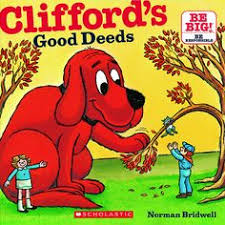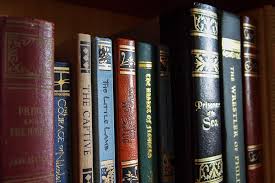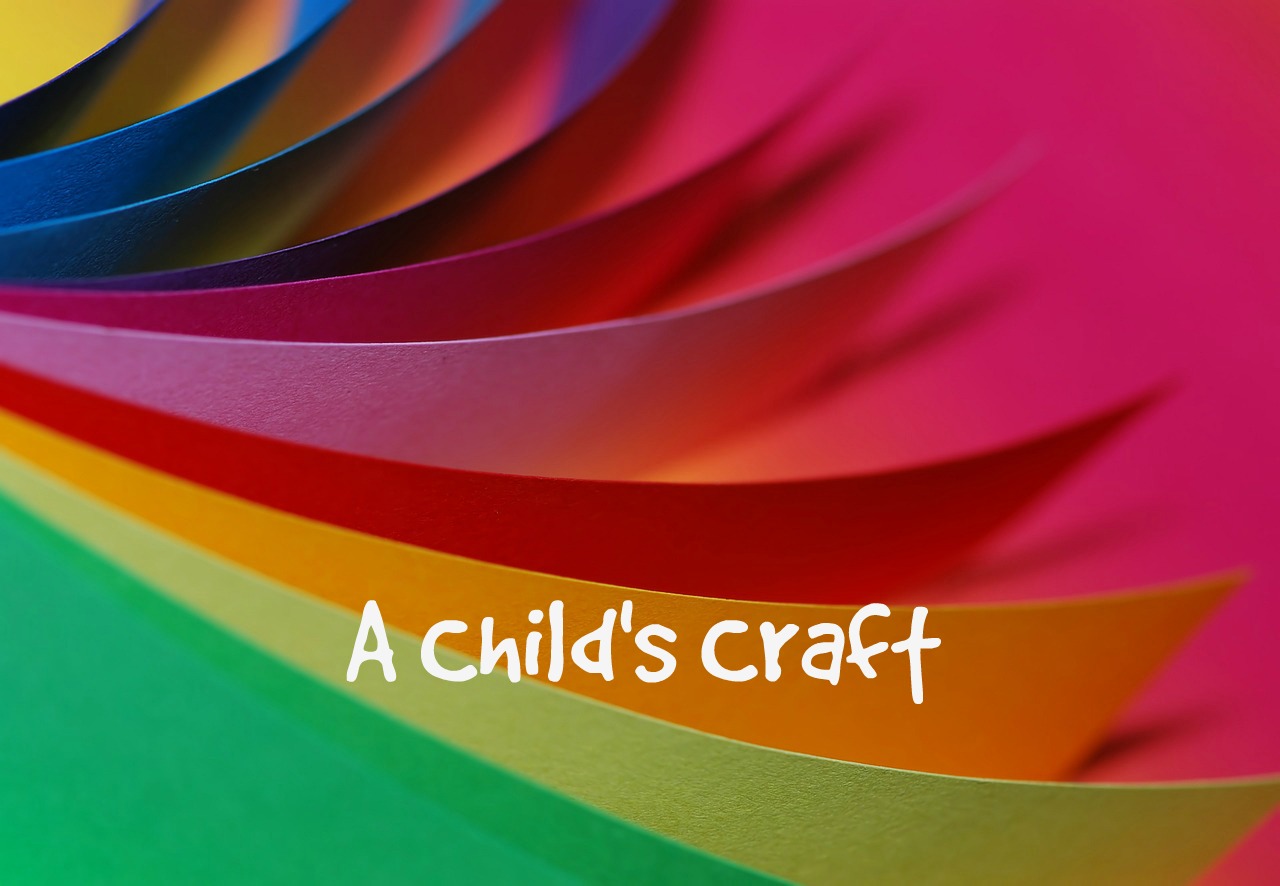Book Genres specify the types of literature that share certain common aspects. Genres include mystery, romance, historical fiction, fantasy, dystopian, adventure, etc.
For detailed explanations read this excellent article at Writer’s Digest. http://resources.writersonlineworkshops.com/resources/definitions-of-fiction-categories-and-genres/
Book categories specify the age-appropriateness and expected reading levels for children’s books. Industry experts vary in their opinions on the various categories, but the information I’ve included below is, at this time, generally accepted as accurate.
Some writers like to focus on one or two genres until they become skilled in that area. Others like to experiment with numerous categories. As a writer that’s your choice. Almost everyone agrees that it is important to know your target category as you work on a manuscript. It is also important that you identify your target category when submitting your work to editors or agents.

First Books – Board Books – Concept Books
Come in all shapes, sizes, and colors. Often use specialty materials/productions that children can feel, smell, touch, hear, etc. Are made to be durable. Are usually assigned by publishers to one of their cadre of authors/illustrators. Present concepts connected to the young child’s world.
Picture Books ages 3 – 6 and 4 – 8
Most have very limited word counts – 800 words or less to tell the entire story. Most are 24 or 36 pages (including beginning & ending pages).
Easy Readers ages 5 – 9
Usually 1000 – 1500 words. 32 – 64 pages in print. Some have chapters which are actually individual stand-alone stories about the same characters, some don’t.
Chapter Books ages 7 – 10
Most are 1500 – 10,000 words. 40 – 80 pages in print. Usually divided into 8 – 10 chapters.
Middle-Grade Novels ages 9 – 12/13
Most are 10,000 -16,000 words. 64 – 150 pages in print.
Young Adult Novels ages 12 and up:
This genre is subdivided into Young YAs and Older YAs by subject matter, themes and use of graphic or explicit language. Older YAs deal with almost any subject that adult novels deal with, and use just about any language and depict any scenes that adult novels use, but often to a lesser degree. In Young YAs authors and publishers are more careful to avoid mature subjects, language, and references to sex, drugs, alcohol and violence.
Please share this information with your writing friends using the share buttons below. Thanks! Next month I’ll give you a lot more details about each category. See you in October!





 We love helping your growing in your writing career.
We love helping your growing in your writing career.

No Comments